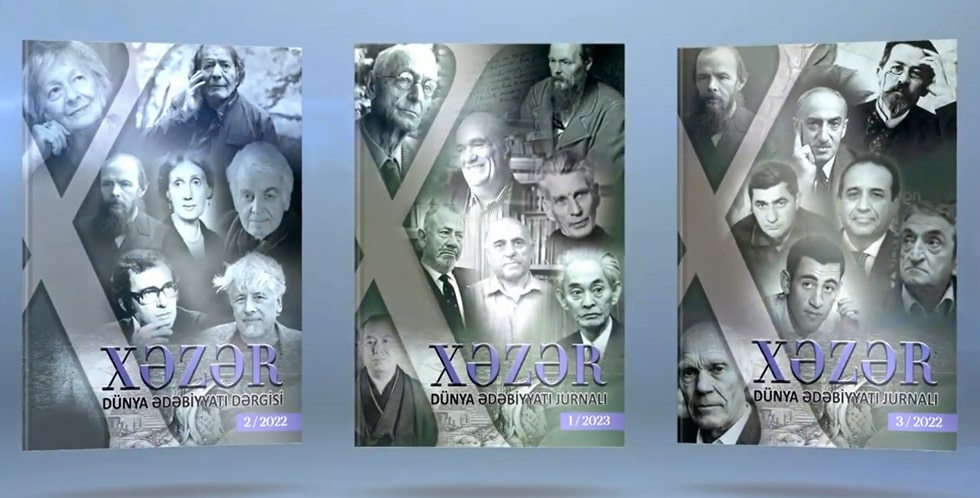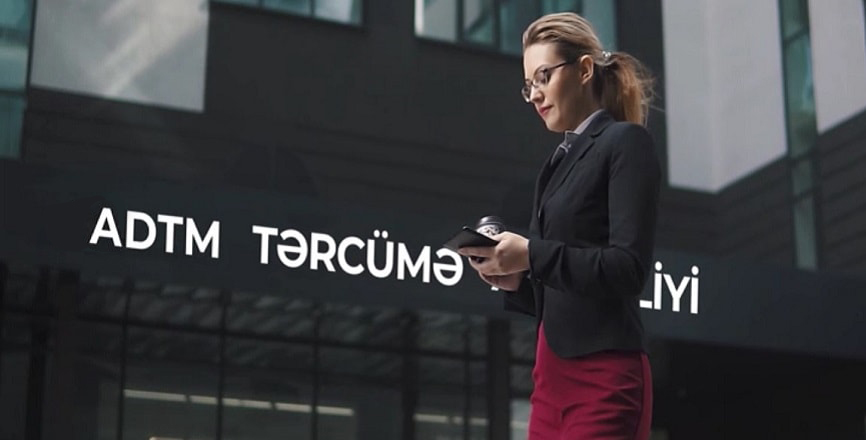Memory of the Shirvanshahs
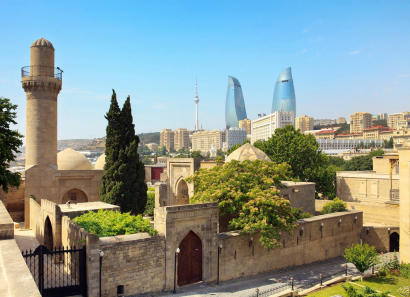
The main part of the Palace of the Shirvanshahs was built by the order of Shivanshah Khalilullah in 1420. Presently the Shirvanshahs consists of 9 historical monuments: palace, divankhana (court-house), the Shirvanshahs' tomb or mausoleum, Shah's mosque with a minaret, a reservoir, bathroom, Seyid Yahya Bakuvi Tomb and the East Gate. At one time there was Keygubad Mosque near Seyid Yahya Bakuvi's Tomb. Unfortunately, only certain ruins of that mosque were saved.
The divankhana and the main palace where the Shirvanshahs' family lived then were situated in the first yard. The Shah's family lived on the first floor of the palace consisting of 25 rooms. Presently, only 15 rooms of that palace are preserved. There were 27 rooms on the ground floor where servants, the Shah family's doctors, painters, calligraphers and cooks lived. As during foreign invasions, some parts of the palace were destroyed, it is impossible to specify which room belonged to whom.
The divankhana was the place where state issues and official decisions were adopted, and at the same time, it was the court. It is an octahedral hall covered with a stone cupola inside and outside.
According to the hypothesis, Shirvanshah Farrukh Yasar had the tomb built for himself. But as Shirvanshah Farrukh Yasar was killed in Jabani battle by Safavids in 1500 and his body was burnt, he wasn't buried here.
The founder of this state, who declared himself independent from Caliphate, was Heysam ibn-Khalid. He founded the state in the IX century - in 861. The names of the Shahs of Derbendi Dynasty who had shining merits in the Shirvanshahs' history are placed on the electronic displays: Ibrahim Derbendi, Shirvanshah Khalilullah I, Farrukh Yasar. It's no coincidence that the Palace of the Shirvanshahs described by UNESCO as "one of the pearls of Azerbaijan's architecture" was built by Khalilullah I and Farrukh Yasar.
The most magnificent place in the palace is the Shah's lodging hall. It is a spacious hall, and it is distinguished with its peculiar architectural style. The destroyed dome of the hall was built of glazed bricks of fantastic beauty (It was destructed by cannon balls during the gun attack under the command of Matyushkin, a general of the Russian army, from the Caspian Sea from three directions in 1723.)
The main monument of the palace, the Mausoleum of Seyid Yahya Bakuvi, was built approximately in 1457-1458. The mausoleum is located in the centre of the middle yard of the Palace of the Shirvanshahs. The mausoleum is divided into two parts: ground and underground parts. The upper part of the mausoleum was used for the accomplishment of cultic rites, but there was a burial vault.There are three small windows with stone shebeke-lattices in the southern, eastern and western facets of the mausoleum. The burial vault also has a window with shebeke-lattice.
The mausoleum was attached to an ancient mosque known as Key-Gubad Mosque. Seyid Yahya Bakuvi worked, prayed and taught namely in this mosque. The mosque was built during Shirvansah Keygubad's reign, in the 14th century, and was named after him. But in 1918, the mosque burned down during the fire and only the remains of its foundation exist at present. But this school made indispensable contribution to the development of the Eastern science. The prominent scientist is the author of more than 30 scientific works.
According to the outcomes of the researches, it was discovered that the castle was built in 1232-1233 near the coast of the Caspian Sea, on one of the Bayil's hills during the life of Fariburz, the son of Shirvanshah Garshasb. During the earthquake of 1303, the castle went under the seawater. Due to the strong earthquake, the sea level raised, and the Bayil castle with 80m length and 40m width went down. In the last yard there are three historical constructions: the Shirvanshahs' family tomb, the Shah mosque and the bath-house. The tomb was built for the mother and the son of Shivanshah Khalilullah I. Presently, there are seven graves there: at the top there's the Shirvanshah's grave, behind there's his mother's grave and five graves of his kids. There is a strange melancholy in the tomb.
Elmin Nuri
AND OTHER...
-
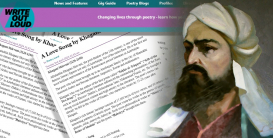 Khagani Shirvani’s Creativity on the Literary Portal of England
Khagani Shirvani’s Creativity on the Literary Portal of England
“Write Out Loud”, the leading poetry portal of England, has posted in English the ghazal “A Love Song” by the great Azerbaijani poet Khagani Shirvani as part of the...
-
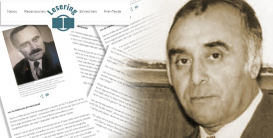 Isi Malikzade’s Creativity on German Literature Magazine
Isi Malikzade’s Creativity on German Literature Magazine
LESERING.de, a popular German e-literature magazine, has posted in German the short story Salt by Isi Malikzade, the notable Azerbaijani writer, as part of the AzSTC project “Azerbaijan Literature in an International Virtual World”.
-
 Movlud Movlud’s Short Story on Turkish Portals
Movlud Movlud’s Short Story on Turkish Portals
“Detayhaberler.com”, “Dibace.net” and “Haber.232.com”, leading Turkish portals, have posted in Turkish the short story “We Have Already Grown Up” by the...








